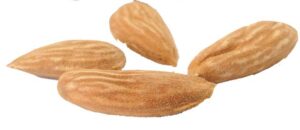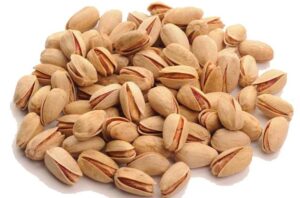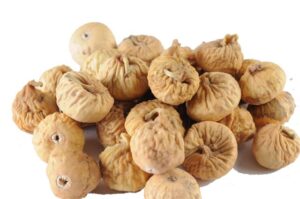News of October 2019
PISTACHIO , Almond , Raisin ,SAFFRON
Pistachio derivatives market opens next week
Iran Mercantile Exchange plans to launch a pistachio futures contract in the coming week, a deputy at the IME said. News of October 2019
According to Alireza Nasserpour, the first pistachio futures contract will be launched in the coming week and mature in the ninth calendar month (Nov.22-Dec.21, 2019), the IME official website reported. He did not give the specific date. In terms of quality and type of the delicacy, only round pistachios (grade 30-32) will be traded. (Quoted from Financial Tribune 09-10 -2019).News of October 2019
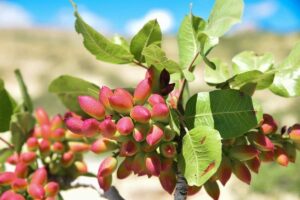
Pistachio harvest begins in Iran, 2023 Good Year
News for pistachio saffron dates raisin and almond
PISTACHIO Pre-Harvest Forecast for 2023 Crop
IRAN: Turkey has “off-year” for ALmond production, low volumes expected
Almond production in Turkey is forecast to decrease to 14,500 MT in MY 2019/20, down from 16,000 MT in MY 2018/19. The almond trees started to bear fruit in late February in 2019 in Datca peninsula, the region of earliest production.
Rains were much heavier than normal levels and more than last IY, affecting the harvest in the region. Although Datca peninsula is famous for its almonds among Turkish consumers, the amount of almonds harvested from the region is a minor amount in the overall almond production of Turkey. (Quoted from Fleshplaza 12-10=2019)
IRAN: In 2017, 800,000 tons grapes were cultivated in the country
The grape-vine is probably the oldest and best known of the cultivated fruit plants grown in Iran. Over 40 different types of grapes are harvested across the country. News of October 2019
Cultivars like Asgari, Keshmeshi, Shahroudi, and Khalili have shown a lot of potentials and have a high yield rate. Keshmeshi and Asgari are the most important Iranian grape seeds. Keshmeshi and Asgari are consumed as freshly harvested fresh herbs and raisins.
In 2017, 800,000 tons of grapes were cultivated in Iran which was 5% of the global production. Grape harvesting areas in Iran are Fars, Qazvin, Khorasan Razavi, Hamadan, West Azerbaijan, East Azerbaijan, Zanjan, North Khorasan, Kurdistan, Central and Semnan provinces. News of October 2019
Every October, grape harvest takes place in northeastern Iran. (Quoted from Surfiran 27-10-2019)
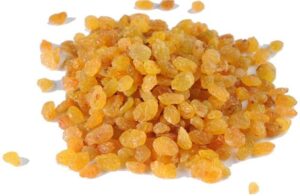
IRAN: Palm Situation in Iran
Iran is one of the largest producers of dates in the world, which from the level of fertile cultivated lands, after Iraq, and from the quantity of date production, after Egypt, ranked 2nd in the world (based on FAO’s report in 2016).
About 99% of the date produced in Iran belongs to the following provinces: Sistan va Baluchestan, southern Kerman, Fars, Kerman, Busher, and Khuzestan. (Quoted from Maj.ir 25-10-2019)
IRAN: Saffron Output to Exceed 400 Tons Iran
Iranian farmers will produce a sum of 430 tons of saffron in the current fiscal year (March 20, 2019-March 20, 2020). About 113,000-115,000 hectares of land have been used for saffron cultivation since March 2019, and the farmers are expected to produce 430 tons of saffron this year.
Saffron is cultivated in 22 Iranian provinces, but Khorasan Razavi, North Khorasan and South Khorasan provinces in Eastern Iran account for almost 90 percent of the country’s total saffron output.
The saffron industry has created some 200,000 jobs across the pre-harvest, harvest, post-harvest, processing, sorting and packaging chain.
Iran produced 404 tons of saffron during the year to March 20, of which 280 tons were exported. The priceless plant was sent to more than 40 countries.
Spain, Vietnam, Qatar and the UAE were Iran’s biggest saffron importers during last year. (Quoted from Farsnews 20-10-2019)

